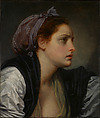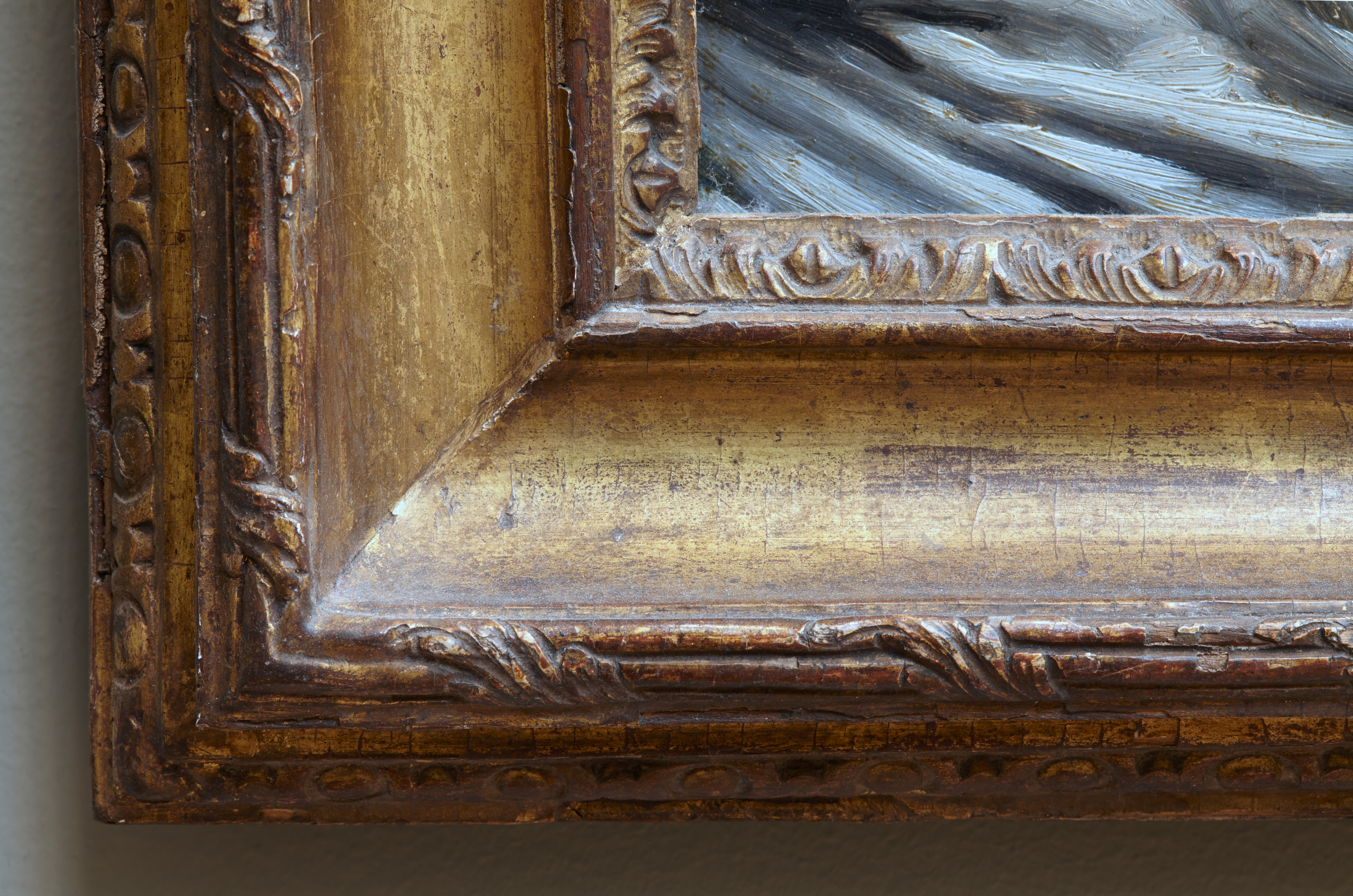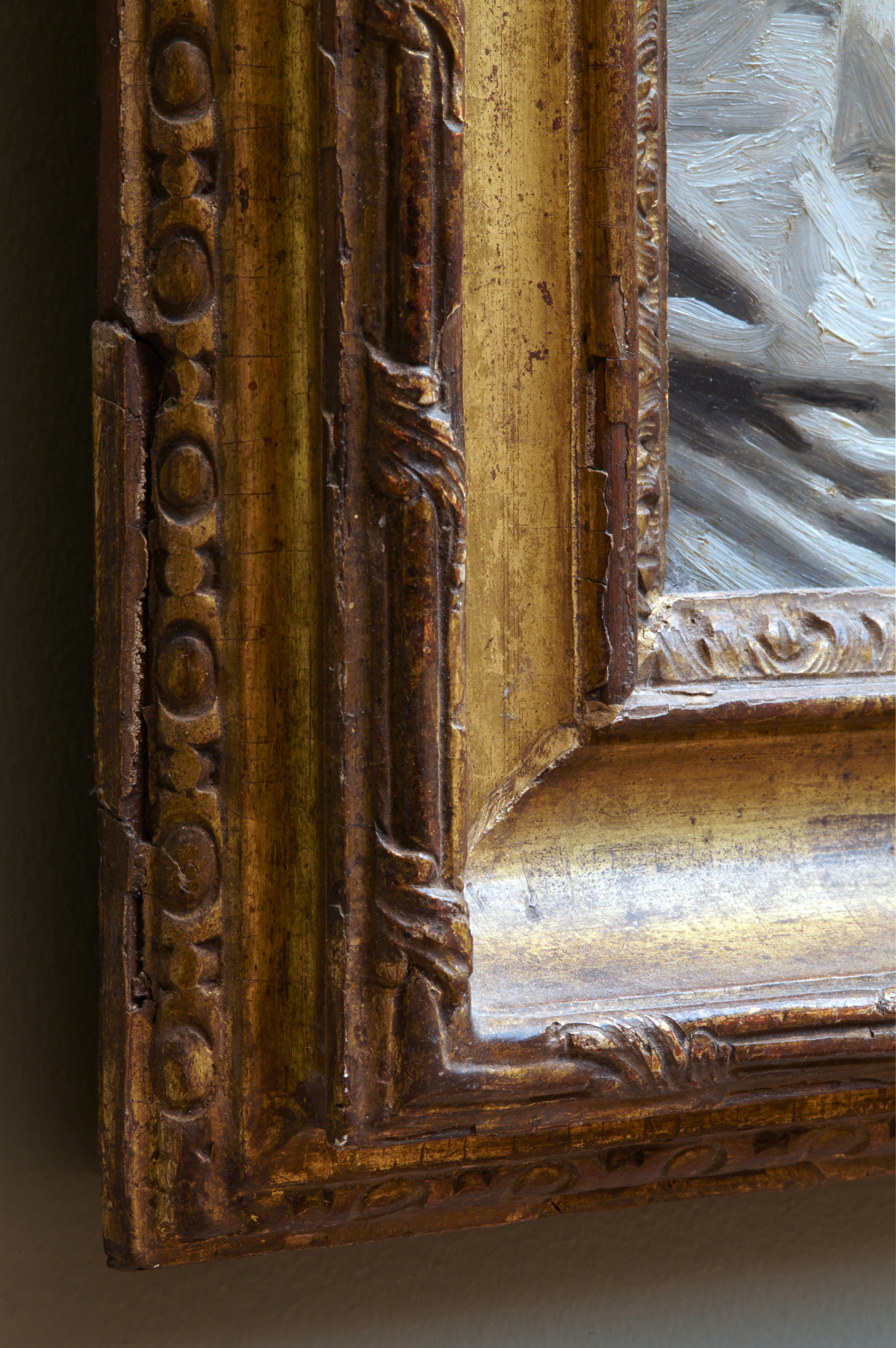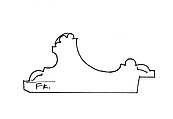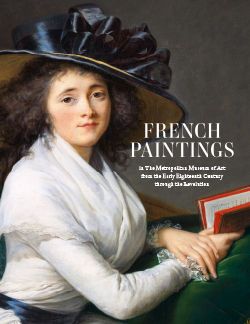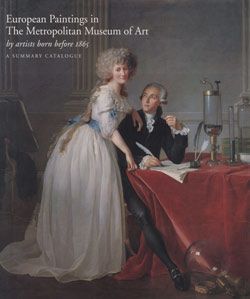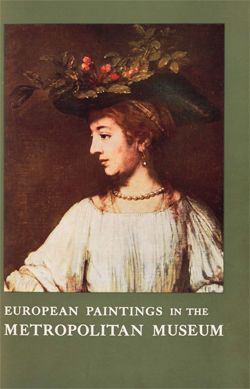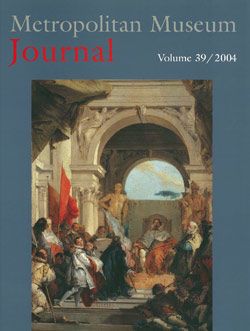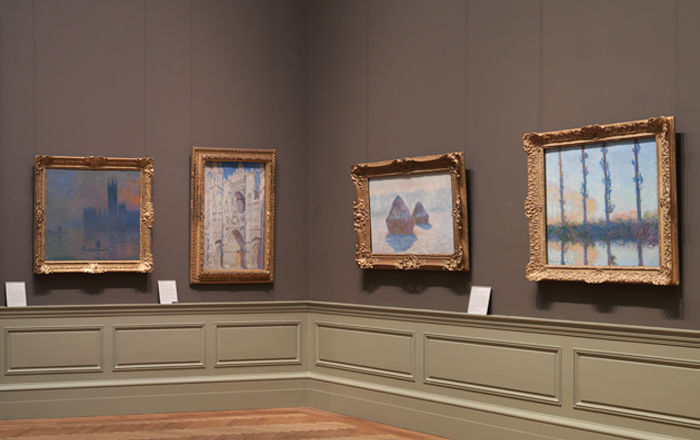Throughout the greater part of his career Greuze made what are referred to as either study heads or expressive heads, in French called
têtes d’expression. He showed paintings of the kind at every biannual Salon in which he participated, that is, from 1755 through 1765 and in 1769. In addition to the present small picture, the Museum owns two other studies in oil on canvas (
32.100.137,
67.187.72) and three red chalk drawings (
49.131.1,
49.131.2,
49.131.3) of heads. Some of the expressive heads were used for genre paintings, and others were preparatory to engravings, while still others were independent works of art. They seem to have been titled and described generically; most were first recorded in the late nineteenth or early twentieth century when expressions of this kind of highly wrought emotion were popular with collectors. This one, bought on the Paris art market in 1870, during the Franco-Prussian War, by Metropolitan Museum trustee William Blodgett, was among several hundred works in the founding purchase of 1871. Henry James saw it shortly after the Museum opened and in his review in the
Atlantic Monthly (1872) described it as a "minois," or pretty face, "in tears and dishevelment."
Study Head of a Woman has been associated in the past with particular figures in at least three different paintings, but notably with the anguished sister wringing her hands at the center of
The Father’s Curse: The Ungrateful Son (Musée du Louvre, Paris), which was exhibited in the artist’s studio in 1777 and of which he ordered a reproductive engraving from Robert Gaillard (1719–1790). The correspondence is not exact, but for this reason it usually has been dated to about 1780. The expression of the most intense focus and concern is characteristic of Greuze at his best.
Katharine Baetjer 2012
